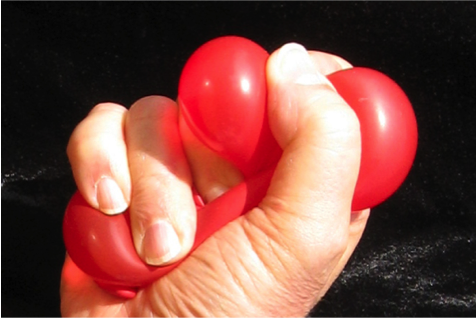The industry seems to be coalescing around the idea of eliminating maker-taker as a first step in US equity market structure reform. Congress is asking for a pilot. Nasdaq started one unilaterally. NYSE proposed capping fees and eliminating rebates, and BATS is onboard with a tiered cap. It’s fine as far as it goes, but we haven’t seen a proposal that properly addresses the interests of investors and the buyside.
As a matter of principle, we support capping maker-taker. We’ve written a series of research notes over the past several years showing how the maker-taker system of fees and rebates creates conflicts of interest for brokers handliSqueezing the baloonng client orders – both when posting passive orders, and when routing aggressive ones. In summary, maker-taker puts broker profit in direct conflict with client execution quality.
But by itself, capping maker-taker will not eliminate broker conflict around order handling; it will simply push it into other, even more obscure channels. A coherent set of market structure reforms is needed.
The other major source of broker conflict comes from the value of a broker’s client order flow to proprietary traders. Trading against captive order flow is profitable, and proprietary traders pay brokers for access. The example of wholesalers paying retail brokers for their order flow is well known, but less well understood practices among institutional brokers include internal proprietary trading groups, “ping” services, charging for access to client order flow corralled into a broker’s dark pool, and net pricing. Just capping or eliminating maker-taker will simply push the business of extracting profit from client order flow further into the murkier world of proprietary trading and payment for order flow.
A trade-at rule, allowing off-exchange trades only if there is significant price improvement over what’s displayed, would make it much more difficult for proprietary traders to extract profit from captive order flow, and would eliminate this other major source of broker conflict. Under a trade-at rule, much of the 75% of dark pool volume that now trades along at the NBBO in dark pools – or with slight price improvement – could be forced onto exchanges, requiring proprietary traders to compete for order flow in the open market by offering true price improvement.
But trade-at itself can have negative consequences unless other, related market structure reforms are adopted. Our latest commentary, available here, tours key market structure problems, and proposes a coherent set of market structure reforms addressing problems around broker conflict, tick size, and high frequency trading.
We hope you find it thought provoking.

